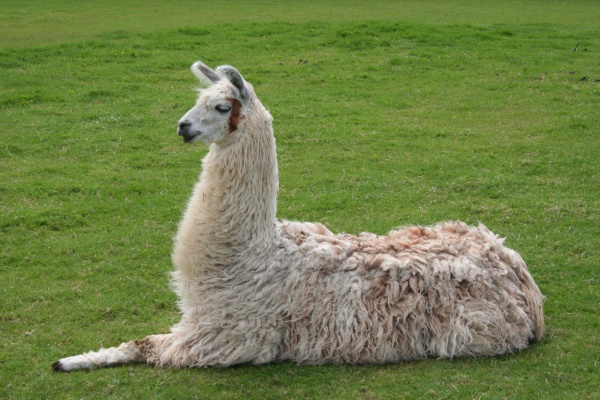Facts About Llama
Llamas have been indispensable companions to the people of the Andes for centuries. These domesticated South American camelids have served as sources of meat and pack animals since the Pre-Columbian era. Known for their soft, lanolin-free wool, llamas are social creatures that flourish in herds. They can carry up to 25-30% of their body weight, making them exceptional pack animals. Beyond their practical applications, llamas also hold a special place in South American mythology.
Llamas are part of the Lamoids group, which includes their close relatives—vicuñas, guanacos, and alpacas. While they share ancestry with North American camelids, llamas are distinct from true camels. They migrated to South America during the Great American Interchange, gradually adapting to their new environment.
Physically, llamas are notable for their size, unique teeth, vertebral structure, ears, and feet. They are closely related to alpacas, guanacos, and vicuñas, but differ in size and appearance. Llamas have a complex stomach and a long large intestine, which helps them survive on minimal water in arid climates. Their reproductive cycle is unique as well, with females experiencing induced ovulation and mating involving a kush position.
Historically, llamas have served various functions, from agriculture to transportation. Today, they are also employed in therapy programs. Within their herds, llamas exhibit social behaviors and communicate through humming and alarm calls. They even make distinct sounds during mating. Additionally, llamas have proven to be effective livestock guardians, particularly in areas with large predators, significantly reducing losses.
Regarding nutrition, llamas have diverse dietary needs and specific nutritional requirements based on their age and activity levels. Interestingly, llamas have been studied for their medical potential, especially in producing antibodies that may help treat diseases like coronaviruses. Throughout history, llamas have played significant roles in various cultures, including the Inca Empire and during the Spanish conquests.
Llama fiber is highly valued for handicrafts and garments. The fine undercoat is ideal for textiles, while the outer guard hair is used for making rugs and ropes. Llamas come in a variety of colors, from white to black. In the United States, llama breeding saw a boom in the late 20th century, but interest waned due to market factors, mirroring trends in the alpaca industry.

 Colombia
Colombia